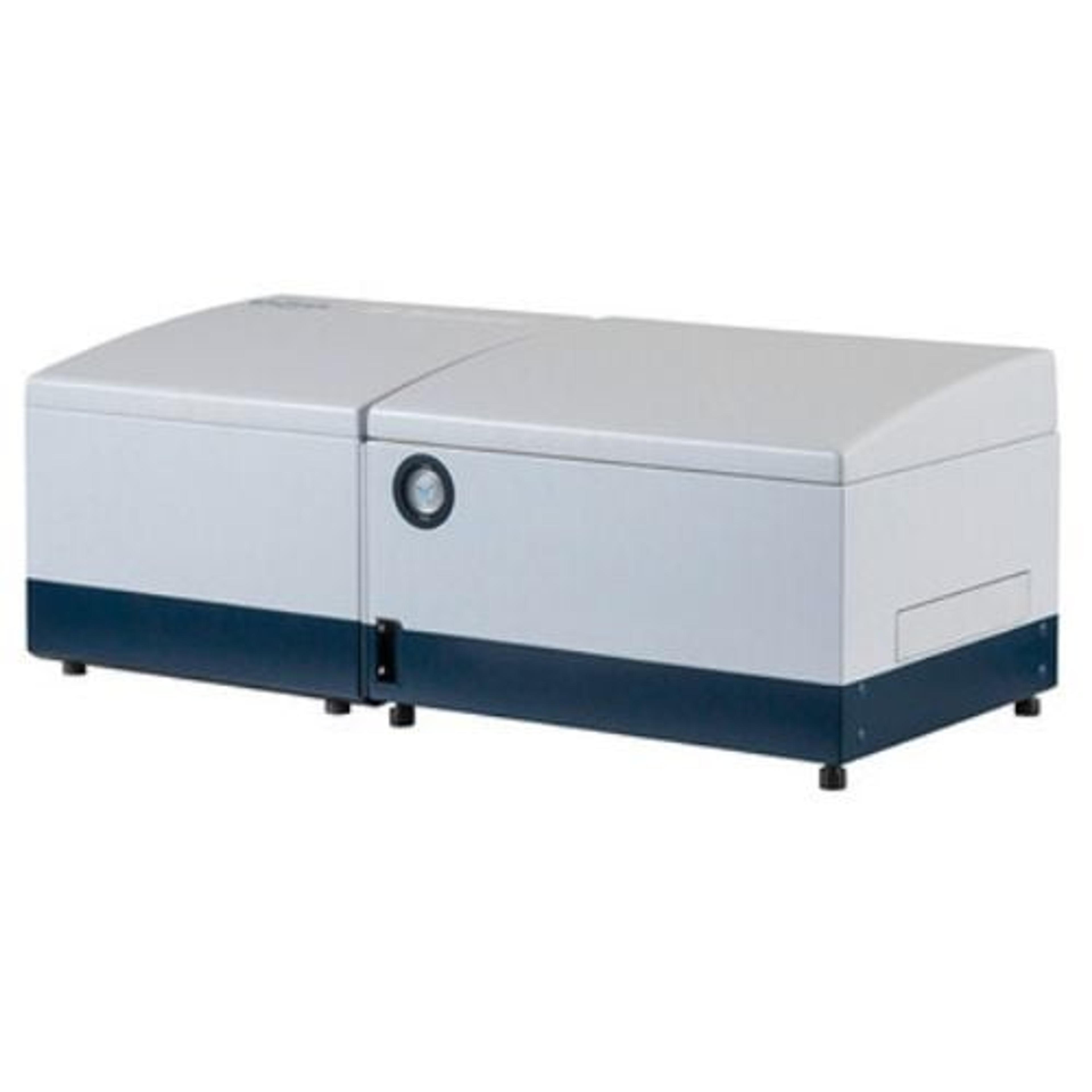The role of syndromic testing in advancing gastroenteritis diagnosis
In this guest editorial, Dr. Anurag Singh discusses gastroenteritis diagnosis and how syndromic testing is establishing its role in the future of infectious disease management
16 Jun 2025
Dr. Anurag Singh, PhD, Product Manager – Molecular Diagnostics, Bruker Microbiology & Infection Diagnostics
Millions of people are affected annually by gastroenteritis, a major cause of hospital admissions, especially among children, the elderly, and immunocompromised patients.1 This has clinical, economic, and public health implications in terms of prolonged illness, antibiotic use, hospital bed occupancy, and increased risk of infection. Rapid and accurate laboratory diagnostics are essential for timely intervention and outbreak control, yet current methods and workflows often fall short in meeting these needs.
Diagnostic challenges in gastroenteritis
Diagnosing gastroenteritis is challenging due to the broad range of potential pathogens, bacteria, viruses, and parasites, each requiring distinct diagnostic workflows. Traditional culture-based approaches remain the standard for bacterial identification, but these methods are time-consuming, labor-intensive, and require skilled technical staff. Viruses are typically identified via polymerase chain reaction (PCR) or antigen-based tests, which are limited to specific and pre-determined targets. As parasites are larger, they are generally detected through microscopy, which also depends on technical expertise and lacks a standardized approach.
Laboratories frequently struggle with workflow inefficiencies, as multiple separate tests might be needed to investigate a single patient stool sample. These fragmented workflows require repeated testing and can lead to delayed results and potentially inconclusive outcomes. From a clinical perspective, such delays may lead to poorer patient outcomes with suboptimal therapy choices, excessive antibiotic use, and delayed infection control measures.
Strengths and gaps in PCR testing
PCR-based diagnostic methods offer a significant improvement over conventional techniques by providing enhanced sensitivity with faster turnaround times. However, current PCR methods mostly tend to focus on one pathogen per test, necessitating a pre-existing clinical hypothesis about the causative agent. Traditional culture methods do play an important role, particularly in cases requiring antibiotic susceptibility testing (AST), outbreak surveillance, and phenotypic characterization. Molecular testing, therefore, does not replace traditional diagnostics but rather accelerates and enhances the complete diagnostic strategy.
A common laboratory practice is to implement PCR for first-line screening and use culture selectively on PCR-positive samples for confirmation. One drawback is that PCR detects nucleic acids from both viable and non-viable organisms, which means that positive results may reflect past infections or residual DNA rather than active disease. Clinicians must therefore interpret results in the context of the patient’s complete clinical picture and symptoms.
Syndromic testing provides a comprehensive solution
Advances in multiplex PCR technology offer potential improvements. By allowing the simultaneous detection of multiple pathogens, multiplex PCR can streamline the diagnostic process, particularly in complex clinical presentations such as gastroenteritis. Syndromic panels are designed to detect a broad spectrum of pathogens associated with a particular clinical syndrome. For example, panels are available that can detect up to 26 bacterial, viral, and parasitic targets as well as their associated toxins using a single protocol.2 These can be used with a single stool sample to target both common and hard-to-culture pathogens such as enterohemorrhagic Escherichia coli (EHEC), Shigella spp., Giardia spp., and Norovirus.
Diagnostic practices for gastroenteritis vary considerably across the regions.3 In Northern and Western Europe, many laboratories already utilize advanced PCR capabilities and are actively transitioning to syndromic testing. However, in Central and Eastern Europe, resource limitations and budget constraints often result in continued reliance on culture-based methods. Another challenge is the traditional separation between bacteriology and virology departments. While viral labs may be well-versed in PCR, bacterial diagnostics often still depend heavily on culture.
To address these challenges, syndromic panels offer a compelling way forward to help laboratories streamline their workflow, unify diagnostic processes across pathogen types, and significantly improve turnaround times without compromising accuracy.
Long-term gains
Gastroenteritis remains underdiagnosed and mismanaged due to sub-optimal outdated methodology and inefficient workflows. Rapid and accurate detection is critical not only for improving patient outcomes and infection control but also for supporting responsible antibiotic stewardship. Multiplexed syndromic PCR panels offer clinical and economic benefits by reducing time-to-result, enabling faster, targeted treatment, shorter hospital stays, and fewer inappropriate antibiotic prescriptions compared to conventional methods.
Syndromic diagnostics represent a paradigm shift in clinical microbiology, with many laboratories transitioning towards a PCR-first workflow. Continued adoption will support faster detection and more informed clinical decision-making, especially in acute care settings. With ongoing advancements and greater accessibility, syndromic testing is steadily establishing its role in the future of infectious disease management.
References
1. Acute Diarrhea in Adults and Children: A Global Perspective. World Gastroenterology Organisation (WGO). February 2012. Accessed May 13, 2025. https://www.worldgastroenterology.org/guidelines/acute-diarrhea/acute-diarrhea-english.
2. Jones S, Pheasant K, Dalton C, Green J, Moore C. Clinical performance of the liquidarray® gastrointestinal VER 1.0 assay in patients with suspected gastroenteritis. Diagnostics. 2024;14(21):2377. doi:10.3390/diagnostics14212377.
3. Kramme S, Dähne T, Fomenko A, Panning M. Acute viral gastrointestinal (GI) infections in the tropics—a role for cartridge-based multiplex PCR panels? Tropical Medicine and Infectious Disease. 2022;7(5):80. doi:10.3390/tropicalmed7050080


